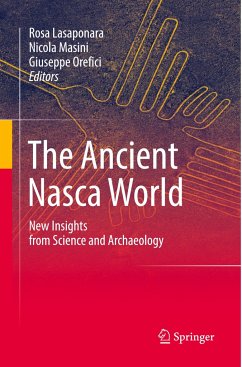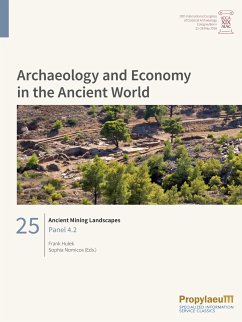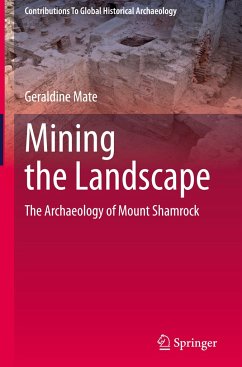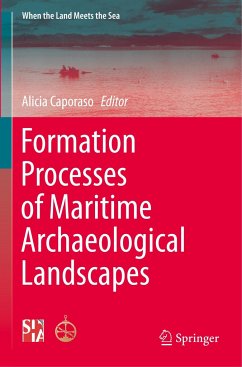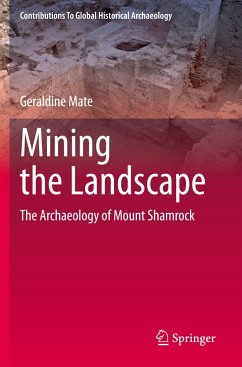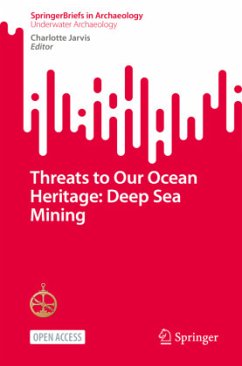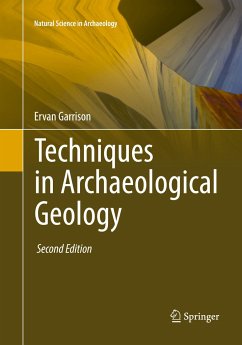
Gold and Gold Mining in Ancient Egypt and Nubia
Geoarchaeology of the Ancient Gold Mining Sites in the Egyptian and Sudanese Eastern Deserts
Versandkostenfrei!
Versandfertig in 6-10 Tagen
130,99 €
inkl. MwSt.

PAYBACK Punkte
65 °P sammeln!
The book presents the historical evolution of gold mining activities in the Egyptian and Nubian Desert (Sudan) from about 4000 BC until the Early Islamic Period (~800-1350 AD), subdivided into the main classical epochs including the Early Dynastic - Old and Middle Kingdoms - New Kingdom (including Kushitic) - Ptolemaic - Roman and Early Islamic. It is illustrated with many informative colour images, maps and drawings. An up to date comprehensive geological introduction gives a general overview on the gold production zones in the Eastern Desert of Egypt and northern (Nubian) Sudan, including th...
The book presents the historical evolution of gold mining activities in the Egyptian and Nubian Desert (Sudan) from about 4000 BC until the Early Islamic Period (~800-1350 AD), subdivided into the main classical epochs including the Early Dynastic - Old and Middle Kingdoms - New Kingdom (including Kushitic) - Ptolemaic - Roman and Early Islamic. It is illustrated with many informative colour images, maps and drawings. An up to date comprehensive geological introduction gives a general overview on the gold production zones in the Eastern Desert of Egypt and northern (Nubian) Sudan, including the various formation processes of the gold bearing quartz veins mined in these ancient periods. The more than 250 gold production sites presented, are described both, from their archaeological (as far as surface inventory is concerned) and geological environmental conditions, resulting in an evolution scheme of prospection and mining methods within the main periods of mining activities. The book offers for the first time a complete catalogue of the many gold production sites in Egypt and Nubia under geological and archaeological aspects. It provides information about the importance of gold for the Pharaohs and the spectacular gold rush in Early Arab times.



